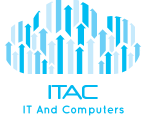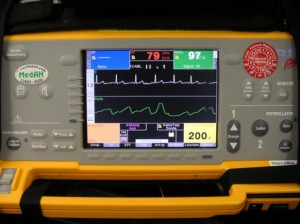How Your Business can benefit from Custom Displays
July 15th, 2018
If you’ve been involved in business, you can attest that the business world is harsh and unforgiving. Statistics from leading media outlets indicate that up to 90% of startups fail within the first five years. Is it because they have wrong business ideas? Absolutely not. It’s because most founders fail to adapt their businesses to the ever-changing market conditions. Currently, with the increasing number of businesses offering the same products, it has become incredibly difficult to win customers. One of the best ways to navigate through this challenge and stand out among your business peers is by using custom display systems by ESTECOM. Below, we explore the benefits of display systems for businesses.
1. Custom displays reinforce your hardware
Easy to use UI/UX highlights a product’s main features, custom display systems deliver engage customers. When customers use your hardware, the functionality and ease of use remains etched deep in their minds. In order to use your hardware, they will need a custom display system to help assist in the operation of your system or hardware. Alternatively, the customers can recommend the hardware or system to other manufacturers that also need custom displays for their hardware or software.
2. Increased revenue
Custom display systems can be used in conjunction with your hardware or software to improve the overall usability & operation of your product. Custom display systems will enable your business to properly design and deploy a sophisticated product display. This will boost the perceived value of your product and subsequently increase the number of clients interested in your merchandise. Studies show that up to 70% of product selections are made within the store as a result of viewing appealing product displays. Over time, your company’s profits will skyrocket as a result of using elegant custom displays that attract customers to your store or business premises.
3. Increased productivity levels
Using custom display systems has been proven to boost productivity levels in a range of different industries. For instance, in the manufacturing industry, interactive display systems with touchscreen options can be integrated with sensors to allow workers to visualize and interact with information from the production line. In the health industry, custom display systems have been used to test and monitor various medical issues to improve healthcare delivery. These systems are also used for measuring and controlling environmental aspects such as temperature, lighting, and vibration to ensure indoor hospital surroundings are at the required ambiance. All these capabilities effectively reduce workloads and hence increase the productivity of your business.
4. Increased customer convenience
Convenience can be the difference between landing a sale or losing it altogether. Businesses which provide easy access for customers to view and experience their products have a higher chance of selling those products than those which don’t. Custom display systems offer operational convenience for consumers by effectively displaying a product’s main features hence eliminating the hassle of checking those products physically.
Conclusion
Custom display systems offer numerous benefits that will give your business an edge over its competitors and provide value in the long run.




